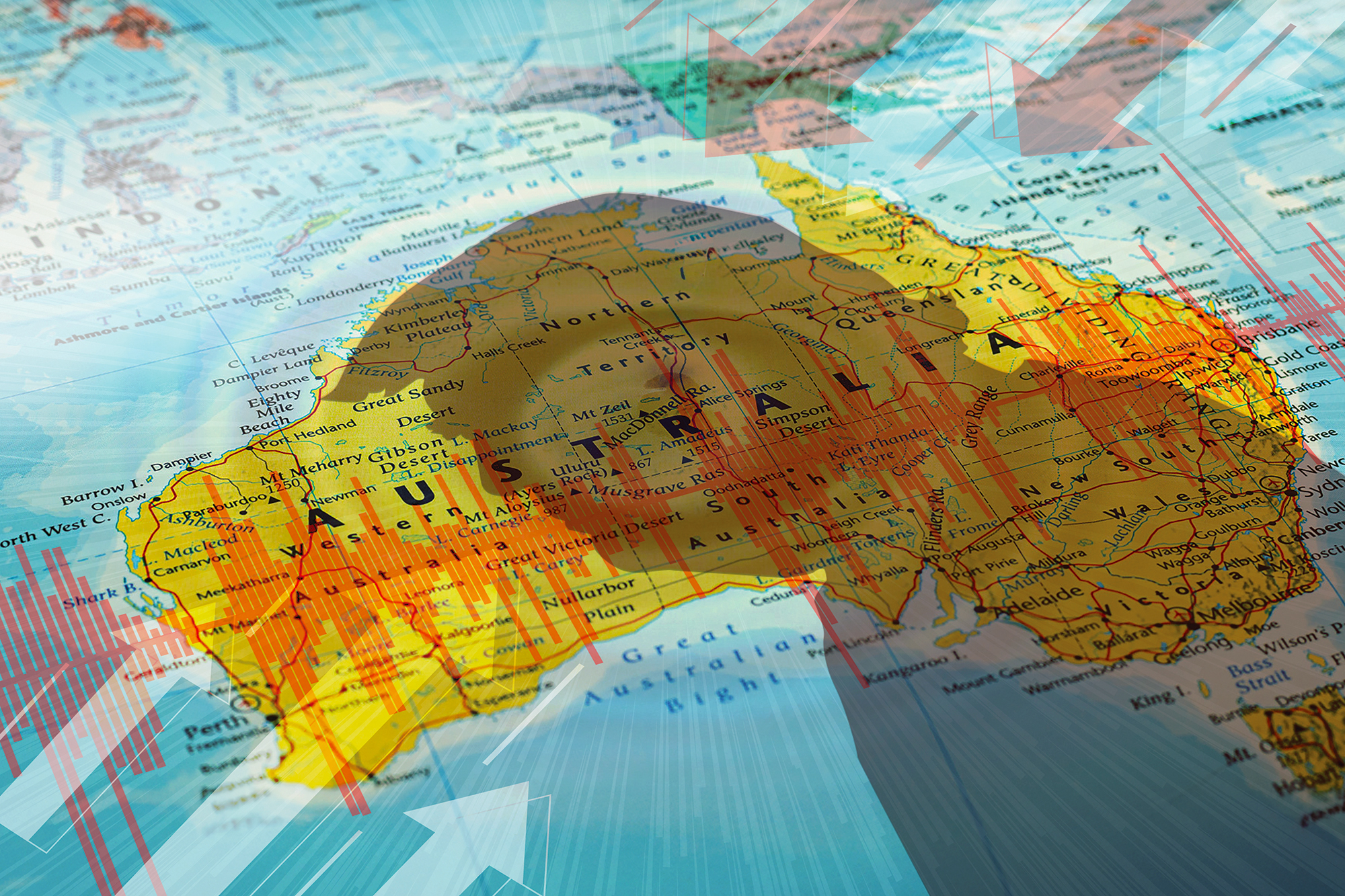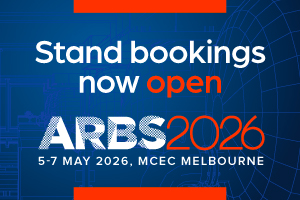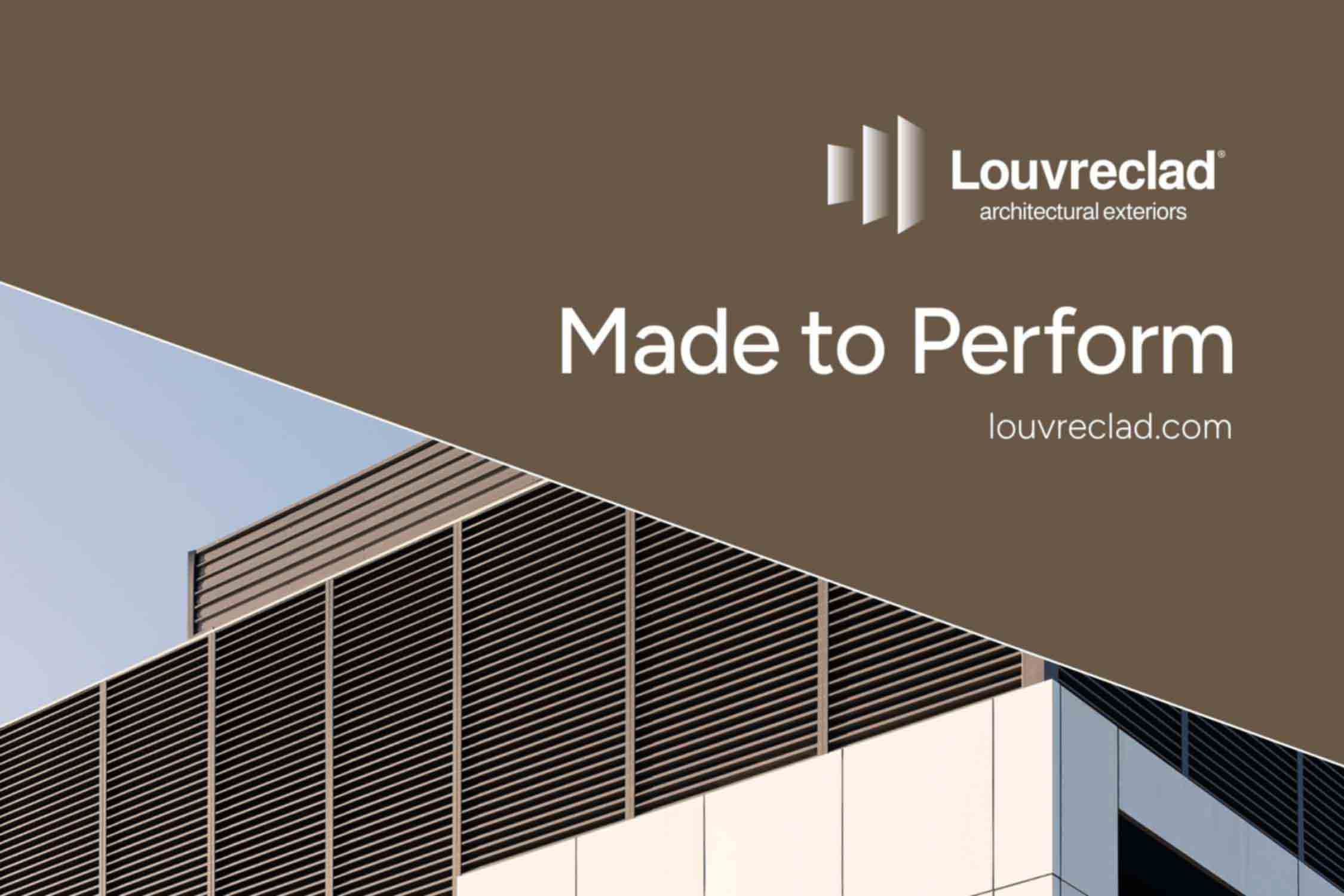Will Aussie HVAC&R be affected by the chaos of Donald Trump?
Donald Trump’s return to office has had a seismic effect on global markets and muddied the pathway to net zero emissions. Will the Australian HVAC&R industry feel the aftershocks?

Whatever your thoughts on him politically and personally, there’s no denying that US President Donald Trump is a human headline. Since returning to office in January 2025, Trump and his allies have dominated the news cycle with sweeping tariffs on imports, widespread and aggressive cutbacks on US government jobs, and a few scandals for good measure.
By April 2, 2025 – dubbed “Liberation Day” by Trump – the administration had imposed:
- A baseline of 10% tariffs on all imports, including those from Australia
- Higher tariffs on countries deemed to have “mistreated” the USA, including 34% for China (with the possibility of further huge increases), 20% for the European Union, and 24% for Japan
- 25% tariffs on cars and car parts
- 25% tariffs on aluminium and steel imports, including metals produced in Australia.
The situation is unpredictable and evolving rapidly. After the initial announcement, Trump raised the tariffs on China several times over, reaching a staggering 145%. He has since said those tariffs will be “substantially” reduced – and has put a pause on the tariffs on many other countries – but the uncertainty remains. Global markets have been on a roller coaster ride since the announcements.
But while tariffs were stealing global headlines, the US Environmental Protection Agency (EPA) announced something potentially more consequential on March 12. In what it described as the “biggest deregulatory action in US history”, the EPA announced 31 “actions” that would weaken protections around carbon emissions, air and water quality.
In this article, we’ll look at both the economic and environmental ramifications of the Trumpian revolution, and how these could potentially flow on to affect the Australian HVAC&R industry.
Tariffs explained
Before we explore the issue any further, it’s worth clarifying how tariffs work and what they aim to achieve.
Tariffs are taxes on imported goods. They are paid by the domestic companies that import the goods, and not – as Trump has insinuated on several occasions – by the foreign companies that sell those goods.
Let’s use a hypothetical scenario to see how this could play out.
A US company – let’s call it Yankee HVAC Wholesales – wants to buy US$1 million worth of steel from an Australian company called True Blue Steel. Before the recent imposition of tariffs, Yankee would have simply paid US$1m in total for the steel. That’s thanks to the free trade agreement between the two countries, which has been in place since 2005.
Now, because of the 25% US tariff on steel and aluminium that came into effect on March 12, Yankee will have to pay US$1.25m in total: $1m to True Blue and $250K as tax to the US government.
While the tariff on steel directly increases costs for Yankee, it could well have flow-on effects for other businesses and consumers. As a wholesaler, Yankee might pass part or all of the cost of tariffs on to retailers, who could then pass those costs on to consumers.
Even True Blue in Australia could feel the effects; they might have to lower their prices to encourage companies like Yankee to continue buying their products. If they can’t reduce their prices enough, they might lose access to the US market altogether.
Insular America
Tariffs are considered a protectionist economic policy. They aim to stimulate local manufacturing and discourage American businesses from looking elsewhere for goods and raw materials. Trump often describes them as a way to “make America great again” and get back at trade partners who he says have been exploiting his country.
The problem is that the USA simply doesn’t have the capacity to manufacture everything it consumes. Even if these protectionist policies are successful at encouraging companies to bring manufacturing back to the USA, it will take years to establish the facilities and infrastructure to do this successfully at scale. And higher US labour costs mean that, even taking the tariffs into account, it will still likely be cheaper to import many goods and materials from abroad.
Given that these tariffs are likely to increase out-of-pocket costs for consumers, several political commentators have questioned whether Trump actually understands how tariffs work. Some theorists even argue that implementing tariffs is a socialist policy, as it increases tax revenue and stifles free trade.
Whether or not tariffs are a good idea, it’s clear that the USA is committed to going down this path for at least the next four years. So how will this policy affect us in Australia?
Flow-on effects
Mark Padwick is the treasurer and former president of the Air-Conditioning & Refrigeration Equipment Manufacturers Association of Australia (AREMA). He notes that, as it stands, the direct effects of US tariffs on the Australian HVAC&R sector will be minimal.
“The current tariff changes in the USA reflect the import of materials into the USA,” Padwick says. “Little of our industry is affected by this, as we import far more products than we currently export, and the US is not a large market for these exports.
“It is our understanding that the buyers in the USA will manage the cost increases by pushing them onto their domestic consumers for those products they cannot source locally.”
However, there’s more to the story. As Padwick notes, while US buyers will have to bear the direct costs, price increases in the US could eventually cause prices in Australia to rise too.
“For some products exported from the USA, the higher costs imposed on US manufacturers because of the tariffs will eventually be passed on to their export customers, including in Australia,” Padwick says. “That said, how much and when the price changes will come is a big unknown.”
AREMA has had conversations with HVAC&R industry bodies in the US, Canada, Europe and Asia. Padwick points out that these industry bodies are bracing themselves for the worst.


“Each of those organisations made it clear that the tariffs are by far the most profound impact on the RAC industry in their countries for a generation,” he says.
“Whatever the impacts are here, they are insignificant compared to those in other markets globally.”
Mark Padwick, Treasurer – AREMA
Home ground advantage
Damien Walsh is the Chief Customer Officer at Temperzone, an HVAC&R manufacturer that sells primarily to the Australian, New Zealand, and Asia-Pacific markets, with manufacturing facilities located in Sydney, Auckland and Hamilton.
Walsh points out that, while nobody can use a “crystal ball” to forecast the effects of radical policy shifts like Trump’s widespread implementation of tariffs, he doesn’t see the news having an immediate or profound impact on Australian HVAC&R manufacturers.
“From a local perspective, with Australia and New Zealand being our principal market, we don’t see too much changing at the moment,” Walsh says.


However, he notes that companies that rely more heavily on international trade are likely to be affected, with economic concerns running deeper than just the tariffs themselves.
“If you’re a global company and you’ve had a large part of your global market impacted, then that will have a huge effect,” he says.
“What’s more of a factor is what happens with the economy.”
“The weakening dollar will be a greater concern for those who do not manufacture locally.”
Damien Walsh, Chief Customer Officer – Temperzone
Indeed, the Australian dollar has fallen around 12% against the euro in recent months. In the days after Liberation Day, its value dipped below 60 US cents. A weaker Australian dollar would increase the price of imports, including some HVAC&R components that can’t presently be manufactured locally.
Walsh identifies some similarities between Trump’s trade war and the last event to cause major disruption to global markets: the COVID-19 pandemic. He says the pandemic drove home the value of local manufacturing.
“We noticed more interest from clients buying locally during COVID,” Walsh says. “Having continuity and stability with local products and expertise became more important to clients as global supply chains were disrupted.
“People should be considering buying Australian-made products anyway,” he adds. “But the most important factor in encouraging people to buy locally was the shift in the mindset around supply chain disruption during COVID.”
While the pandemic caused major delays in physically transporting goods, Walsh doesn’t expect Trump’s trade war to have the same effect.
“What is happening is not interrupting supply chains,” he says.
Uncertain times
Despite Australia’s relatively strong position in all of this, uncertainty is insidious. Padwick notes that disruptions in the USA could have flow-on effects to Australia, with uncertainty playing a key role.
“We may see reductions in freight as product movement in and out of the USA reduces,” Padwick says. “We might also see changes in our market should tariffs be imposed on other sections of our economy, which could result in changed market conditions for air conditioning and refrigeration equipment.”
Padwick acknowledges that there is concern about this market uncertainty within the Australian HVAC&R manufacturing sector. However, he is optimistic that things will settle down both in Australia and abroad.
“There are a broad range of market and policy/regulatory issues at play,” Padwick says. “The market is dynamic and likely entering a period of change. Hopefully the international trade settings become clear and Australian policy initiatives become more certain post-election, which will provide market stability.”
A silver lining?
With the USA withdrawing from the global economy, Australia could become a more attractive market for businesses from abroad.
“As tariffs are imposed on their exports of metals to the USA, global businesses may look to other markets to fill their sales gaps because of reduced sales to the US market,” Padwick says. “Manufacturers based in Asia and Europe will likely look to other market opportunities – including Australia – should price impacts in the US mean their products are uncompetitive there.”
However, Padwick warns that there are also risks associated with increased involvement in the global market.
“We will need to guard against the dumping of products in Australia,” he says.
Slashing and burning
Tariffs are only part of the Trump effect. Another move that could have longer-term impacts is a widespread rollback of environmental regulations, which the EPA says will “unleash American energy”. While these rollbacks have not yet been finalised, it seems deregulation will advantage fossil fuel companies while weakening restrictions on carbon emissions and pollution. And if we’re to believe the administration’s rhetoric, there are many more environmental rollbacks to come.
Alison Scotland is the CEO of the Australian Sustainable Built Environment Council (ASBEC). She notes that, while the Trump administration’s targeting of environmental protections is disheartening, it’s not the first time that the climate movement has faced hurdles of this kind.
“The clean energy transition needs to be like water and flow towards other channels,” she says. “Having lost the US global leadership on climate, that’s a blow. But leadership is happening in other countries and coming from the investment community as well.”


“When I think of ASBEC’s 20-year history, there also have been times when there hasn’t been any sort of government leadership around net zero. Nevertheless, progress still occurs because there are productivity arguments, health arguments, economic arguments for positive and sustainable change in the built environment … regardless of emissions reduction commitments. Those commitments definitely help though!”
Kigali amendment at risk?
One policy that is particularly relevant to the HVAC&R industry is the Kigali Amendment to the Montreal Protocol, which aims to phase down the use of hydrofluorocarbons (HFCs) such as those present in many synthetic refrigerants. Australia led negotiations around the amendment and signed on in October 2017. The Biden administration ratified it in 2022.
While the Trump administration has not yet made any moves to withdraw the USA’s ratification of the amendment, the fact that the previous Trump administration withdrew from the Paris climate agreement – coupled with the EPA’s recent push for mass deregulation – suggests such a move might be on the cards.
Smart money
While Scotland acknowledges the possibility that Trump will embolden climate deniers to abandon net zero goals, she doesn’t expect that to be the case in the built environment sector in Australia or elsewhere.
“I think it still makes economic sense to invest in the clean technology transition.”
Alison Scotland, CEO – ASBEC
“Regardless of the what the USA does during one term of government to blow up whatever progress they’ve made, there’s still hope and action happening across the globe.
“Europe, the UK, and even China, are making great progress on sustainability because it’s good for business and creates new revenue streams. Even the principles of circularity make economic sense – for example, if this crisis drives up the cost of building materials, we need to focus on making the most of our resources, reducing waste, changing our behaviours and construction practices.” Amid all the uncertainty, one thing seems clear: the next four years will be a roller coaster, and Australia will need to brace itself for the unexpected.
This article appears on the cover of the April–May 2025 issue of HVAC&R News.
PREV
NEXT
Comments
Advertisements
Recent news
- AIRAH announces first round of speakers for HVAC26
- Daikin opens new Australian manufacturing facility
- Refrigerant Handling Codes of Practice now available digitally
Latest events
- AIRAH announces first round of speakers for HVAC26
- Melbourne School of Design to host ASA2025 conference
- HVAC&R industry’s finest shine at 2025 AIRAH National Awards
 Nick Johns-Wickberg
Nick Johns-Wickberg

Leave a Reply